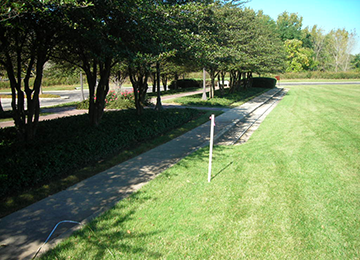Broadly speaking, a Phase I ESA consists of an assessment of current and historical usage of the target property, and the surrounding area to identify potential environmental problems that may affect the site. The Phase I ESA includes a search of historical records and regulatory databases, environmental file review, interviews with property owners and occupants, and a site visit to the property. The focus of the Phase I ESA is to identify any Recognized Environmental Conditions (RECs) – the presence or likely presence of any hazardous substances or petroleum products in, on, or at a property: due to release to the environment; under conditions indicative of a release to the environment; or under conditions that pose a material threat of a future release to the environment.’ This can include surface or subsurface contamination resulting from past activity at the site, or on an adjacent or topographically up-gradient property that has the potential to impact the property being assessed.
The latest ASTM standards include expanded definitions of “Controlled RECs” (CREC) and “Historical RECs” (HREC). These apply to sites with known contamination that obtain case closure based on institutional controls (e.g. a deed restriction prohibiting the use of groundwater for potable purposes) or risk-based closure determined by current site usage. It’s important to know that a CREC or HREC does not mean that the site is “clean”. To the contrary, a CREC or HREC could mean that some level of residual contamination may persist on or under the property, and that care should be taken, especially if planning a change in site use or development.

